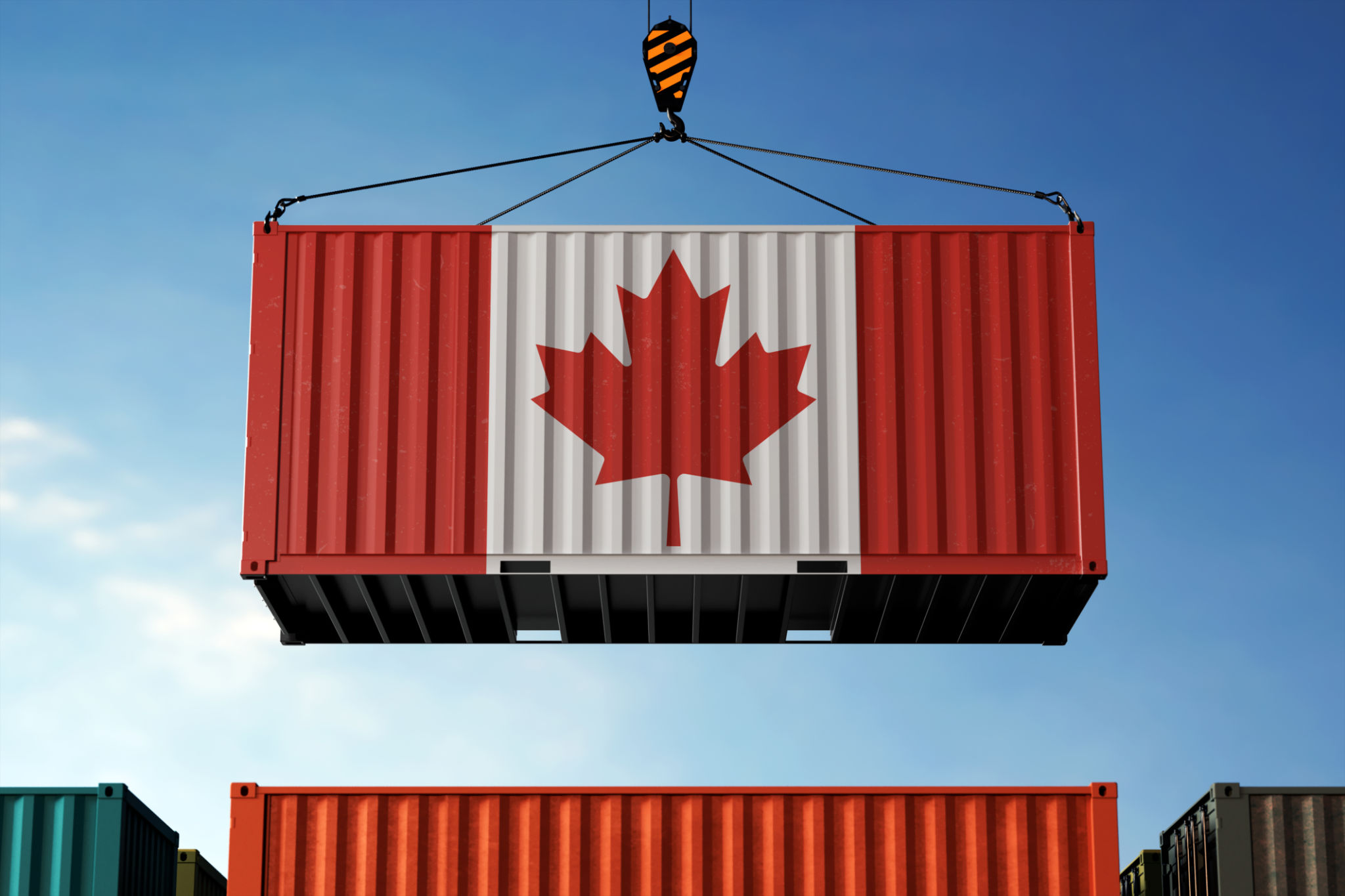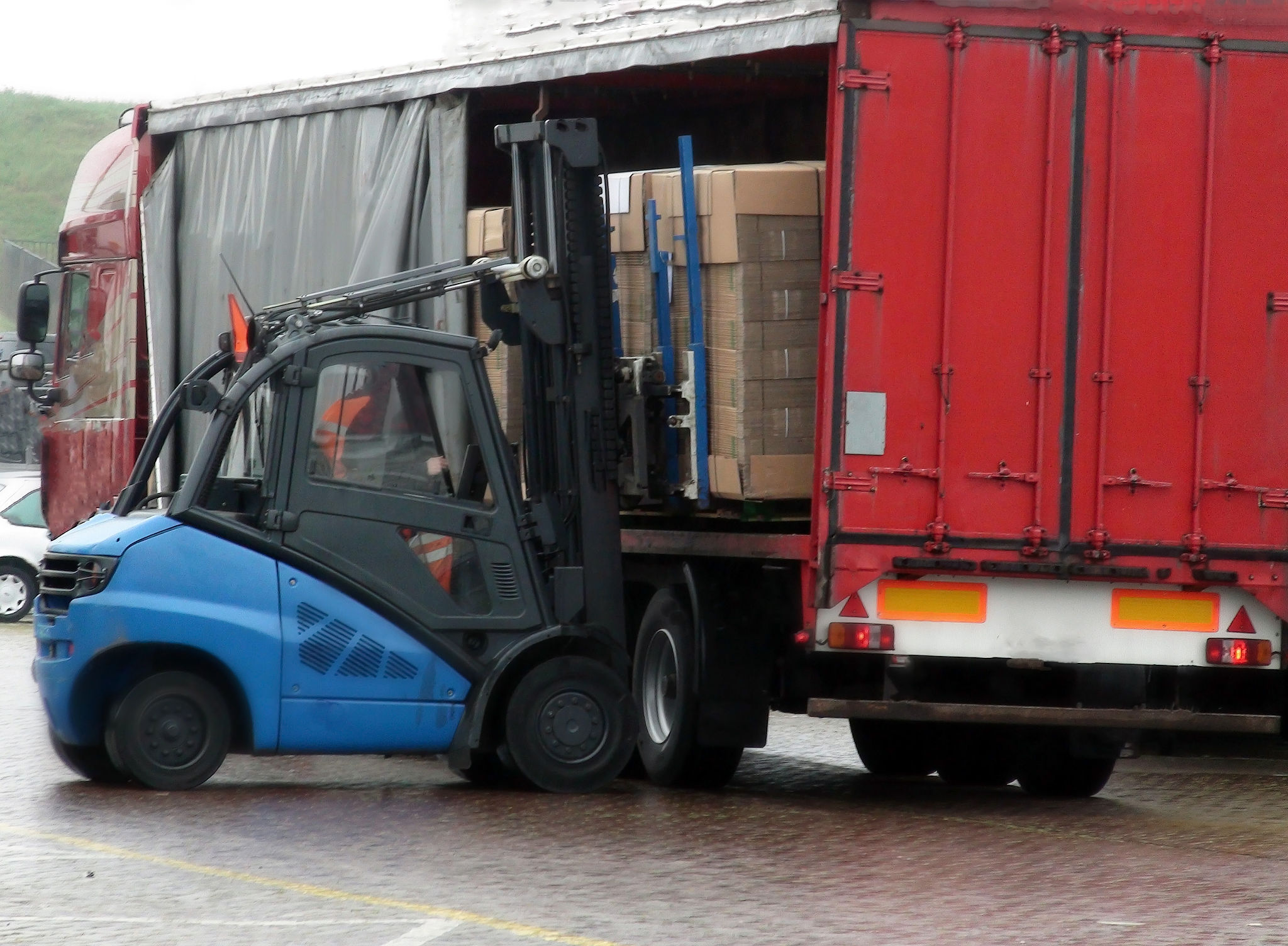Drayage vs. Full Truckload: Choosing the Right Freight Solution for Your Needs
AS
Understanding Freight Transport: Drayage vs. Full Truckload
When it comes to freight transport, businesses often find themselves at a crossroads: choosing between drayage and full truckload (FTL) services. Both options play crucial roles in supply chain logistics, but understanding which is right for your specific needs can save time, money, and resources.

What is Drayage?
Drayage refers to the short-distance transportation of goods, typically from a port or rail terminal to a nearby warehouse or distribution center. It's a small but vital link in the logistics chain, ensuring freight moves smoothly from one mode of transport to another. Drayage is often used for containerized cargo and can be essential for businesses engaged in international trade.
Drayage services are usually priced per container and are ideal for companies that need to move goods over short distances quickly. This service is often employed in the initial or final stages of the shipping process, complementing longer transportation legs like ocean or rail freight.

Full Truckload: A Comprehensive Solution
Full truckload (FTL) shipping involves transporting goods that occupy an entire truck's capacity. This method is most efficient for large shipments that need to travel long distances. FTL offers several advantages, such as faster transit times and reduced handling of goods, minimizing the risk of damage.
FTL is ideal for businesses that have large quantities of freight to transport. It is particularly beneficial for shipments that are time-sensitive or require specific delivery schedules. With FTL, the entire truck is dedicated to one shipment, reducing the potential for delays associated with multiple stops.

Key Differences Between Drayage and Full Truckload
Understanding the key differences between drayage and FTL can help you make an informed decision:
- Distance: Drayage covers short distances, whereas FTL is used for long-haul transport.
- Shipment Size: Drayage handles smaller shipments often within containers, while FTL is suited for larger, bulk shipments.
- Cost: Drayage is priced per container or per short route, while FTL is charged per truckload over longer distances.
- Speed: FTL generally provides quicker delivery times due to fewer stops.
Choosing the Right Freight Solution
Selecting between drayage and FTL depends on several factors specific to your business needs. Consider the size and volume of your shipments, delivery timelines, and budget constraints. For smaller, localized shipments, drayage may be more cost-effective. On the other hand, if you're dealing with a large volume of goods that need to reach distant locations, FTL could be the better choice.
Additionally, think about your supply chain's complexity. If your business frequently engages in international trade or deals with multiple transport modes, integrating drayage with other services might enhance efficiency.

Conclusion: Making an Informed Decision
Both drayage and full truckload services offer unique benefits tailored to different logistics needs. By analyzing your shipping requirements and understanding the nuances of each service, you can choose the most efficient and cost-effective option for your business. Partnering with a reliable logistics provider can further streamline your decision-making process and ensure seamless freight operations.
Ultimately, the right freight solution will depend on aligning your business goals with the capabilities of drayage or full truckload services. Consider consulting with logistics experts who can provide insights tailored to your specific needs and help optimize your supply chain strategy.